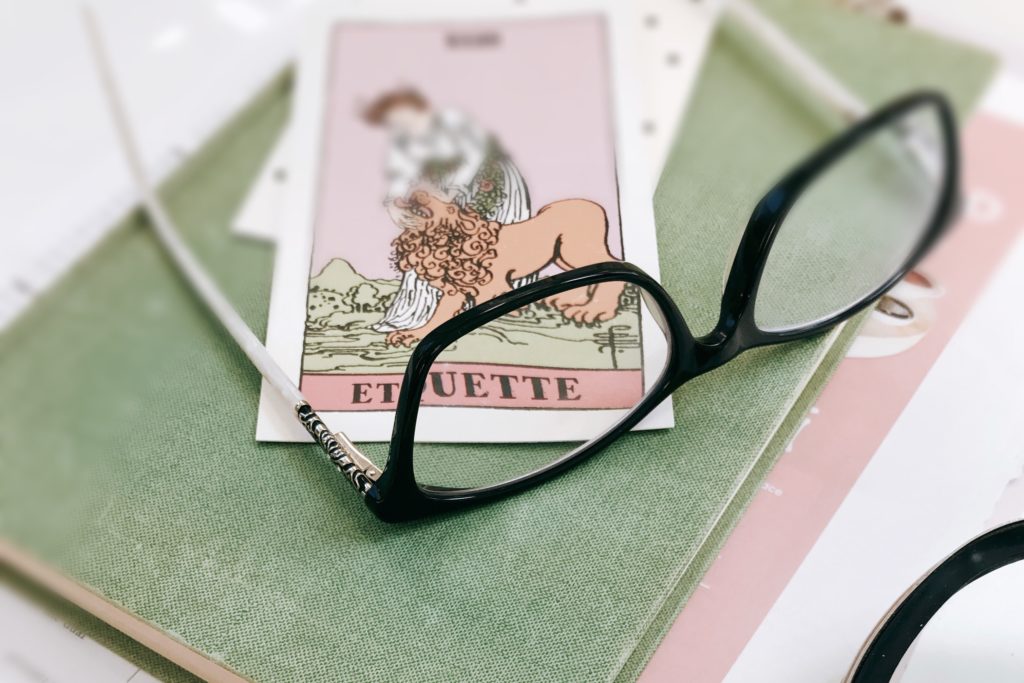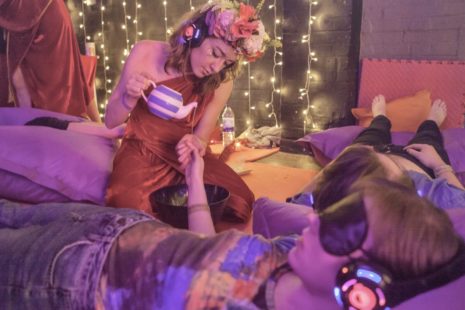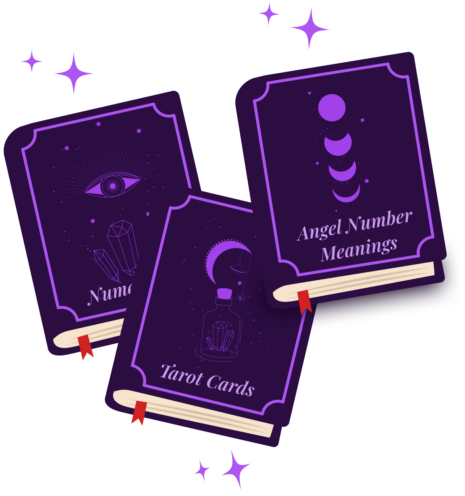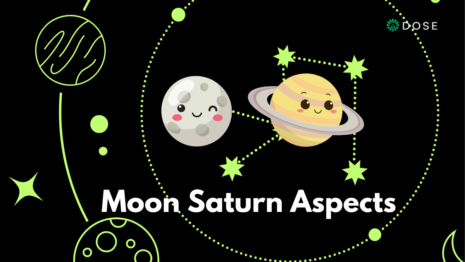With the end of 2020 in sight, it’s no surprise that many of us are feeling a little reflective. For many of us, lockdown has given us a chance to think about the things we value, the kind of person we want to be, and what we want to do with our lives. Tools like journaling and meditation can be helpful, but have you ever wondered about tarot? This article will show you how you can start to read your own tarot cards, and why you might be interested in it.
First, a bit of background. Tarot has always had an interesting reputation – its true origins are unclear, but it’s thought to have started as a fortune-telling tool, before developing into a gambling game. Later, the cards were associated with prediction and self-discovery. And now? Well, if you’ve ever come across things like tarot TikTok, you’ll be aware that the deck is still popular. But it’s not necessary to use the cards for fortune-telling. The deck can actually be used as a process of self-analysis: to find out more about your path and your journey, and to understand your life through symbols and archetypes.
So, if you’re convinced, here are the basics…
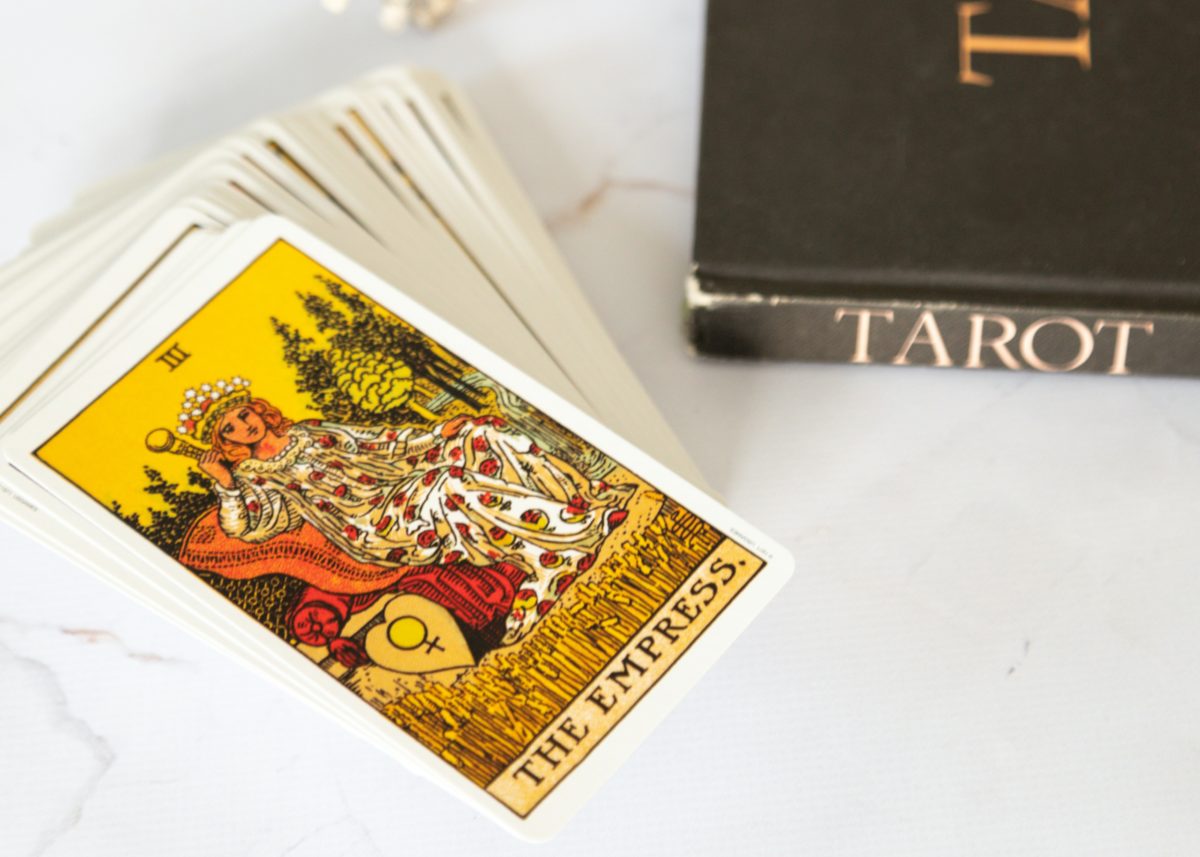
Tarot cards: getting started
You’ll want to invest in a deck of cards for yourself. One of the most popular is the Rider-Waite deck, which you can find this sold online in various places. Once you get the cards, familiarise yourself with the imagery. Go through the cards one by one, and spend some time thinking about each card’s visual representation. This might seem like a lot of work, but tarot is an intuitive tool, and it works best if you have a sense of what each card might represent. If you’re unsure of the symbolism, it’s a good idea to book an introductory session with an experienced reader, or invest in a book on the topic.
Deciding what you want
The way in which tarot cards are read is often tailored to the individual receiving the reading. So, deciding what you want out of a reading will be fundamental to picking your method. For example:
Do you want a daily sense of guidance?
If so, pulling a card from the pack daily (perhaps first thing in the morning) might be helpful. This method is best if you can make it a regular practice – for example, giving yourself 10 minutes to pull the card, reflect on the symbolism and make some notes before you move on with your day.
Do you want a goal-setting reading?
If you’re looking ahead, you might want to pull a couple of cards to represent the future. Remember that there’s no concrete interpretation of the cards, so however they resonate with you will be ‘right’. Again, it’s good to have a bit of time to do this – and perhaps spend a few minutes after the reading putting together a list of goals, objectives or ambitions that reflect the cards. If you’re after a more complex reading, consider reaching out to an experienced reader to take you through a ‘spread’ (a selection of cards, interpreted as a whole).
Do you have a specific question in mind?
Although the cards might not predict your every future move, it might be helpful to introduce a particular question to frame your reading. Keep the question broad – try something like: ‘what kind of energy should I bring to my work relationships this month?’, or ‘what kind of changes am I likely to see in my personal relationships over the next few weeks?’. Remember that the cards won’t deliver specific ‘answers’, but they can be helpful in bringing out your own intuition and sense of self-awareness. As above, it can be helpful to make notes and review them again after some time has passed.
Developing your practice
Just like any self-reflective tool, reading for yourself is best when it’s done consistently, and in a way that measures the outcome (for example, by taking notes, journaling or chatting it through with a friend or reader). A typical tarot practice might look like in-depth readings every month, with a more frequent single card pull (daily or weekly), plus a monthly reflection on the patterns and themes that emerge. But however you choose to develop your practice, make sure it’s personal to you. It’s your life, after all – the tarot deck might just help you explore it a little deeper.
Eloise Skinner is an author, teacher, therapist and dancer from London. Eloise is trained in tarot and is an experienced reader, focusing on the use of the deck for self-discovery and reflection. You can book in for an introductory reading with Eloise here, or find her on Instagram here.
Get your weekly DOSE fix here: SIGN UP FOR OUR NEWSLETTER
